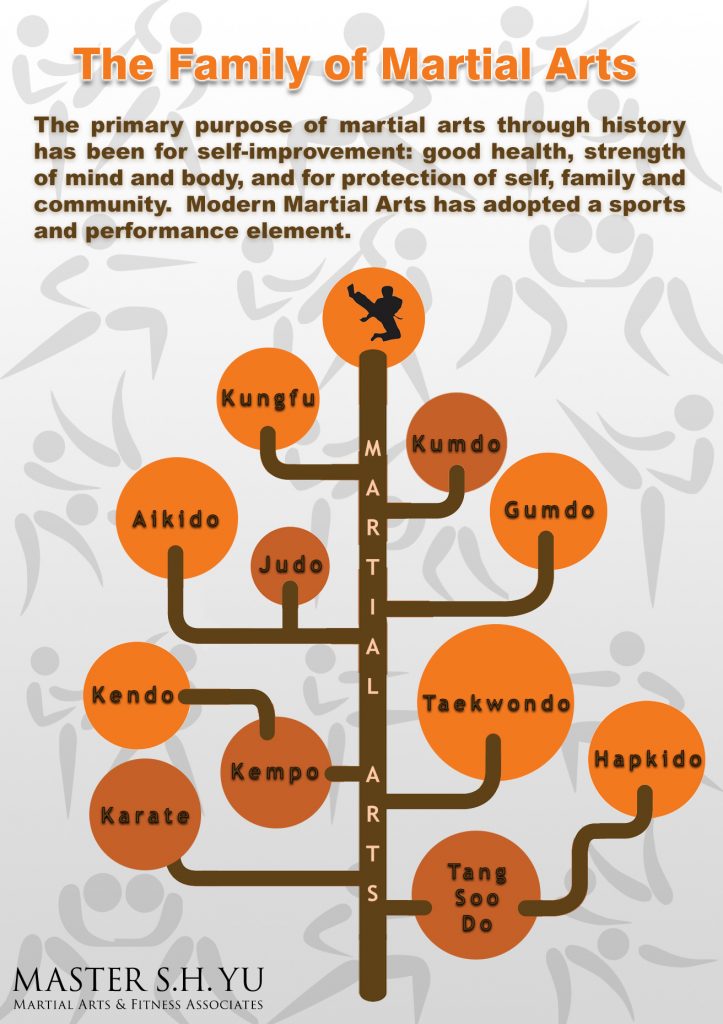Recognizing The Fundamental Differences In Between Typical Martial Arts And Modern Battle Sports
Recognizing The Fundamental Differences In Between Typical Martial Arts And Modern Battle Sports
Blog Article
Created By-Camp Haagensen
When you think of martial arts, do you lean much more toward the typical techniques or the modern battle sporting activities? Each path provides unique advantages and experiences, formed by their viewpoints and training approaches. Typical martial arts emphasize personal development and self-control, while contemporary battle sporting activities focus on competitors and performance. Recognizing these distinctions can direct you in selecting the right technique for your journey. However just how do these distinctions show up in training and ideology?
The Viewpoint and Background Behind Conventional Martial arts
While many individuals associate martial arts with physical combat, the ideology and history behind typical martial arts run much deeper. You'll find that these techniques stress individual growth, discipline, and respect.
Originating from old practices, typical martial arts were usually created for Self-Defense and spiritual development. They personify concepts such as balance, consistency, and self-control, guiding professionals past simple battling abilities.
As you train, you'll not just discover methods but additionally get understandings into the culture and values that formed these arts. The routines and customs, commonly passed down with generations, cultivate a feeling of area and belonging.
The Competitive Nature of Modern Fight Sports
Modern fight sports have transformed the landscape of martial arts into a very competitive field, where professional athletes take on in an examination of ability, technique, and endurance.
You'll observe that competitions are commonly organized with rigorous regulations and laws, making sure justice and safety and security. These events bring in huge audiences, fueling the exhilaration and intensity of matches.
Professional athletes train rigorously, not just for physical expertise however additionally for psychological toughness, recognizing that every information counts in the ring. The adrenaline rush throughout competitions is palpable, as fighters push their limitations to assert triumph.
Fans appreciate the athleticism and creativity included, making modern combat sporting activities a thrilling phenomenon that continues to develop and mesmerize fanatics all over the world.
Training Approaches and Techniques: A Comparative Evaluation
The competitive atmosphere of modern-day combat sports needs cutting-edge training techniques that vary substantially from typical martial arts.
In modern-day training, you'll focus on particular strategies, competing, and conditioning, commonly using drills that imitate actual fight situations. You'll see an emphasis on quantifiable performance and constant competitors to evaluate your skills.
On what are all the martial arts , traditional martial arts focus on types, katas, and philosophical teachings, often emphasizing technique and respect over competition.
Training is typically less extreme and might include recurring method as opposed to real-time sparring.
While both methods construct skill and fitness, modern fight sports supply an extra vibrant and versatile training environment, preparing you for immediate obstacles in the ring or cage.
Pick the course that lines up with your objectives and rate of interests.
Conclusion
In selecting between traditional martial arts and modern fight sports, it actually boils down to what you value a lot of. If you're trying to find individual growth, technique, and a feeling of neighborhood, traditional arts might be your ideal fit. But if you thrive on competition and real-time obstacles, contemporary battle sporting activities could be the way to go. Ultimately, both paths provide one-of-a-kind advantages, so it's everything about aligning your training with your personal objectives and passions.
